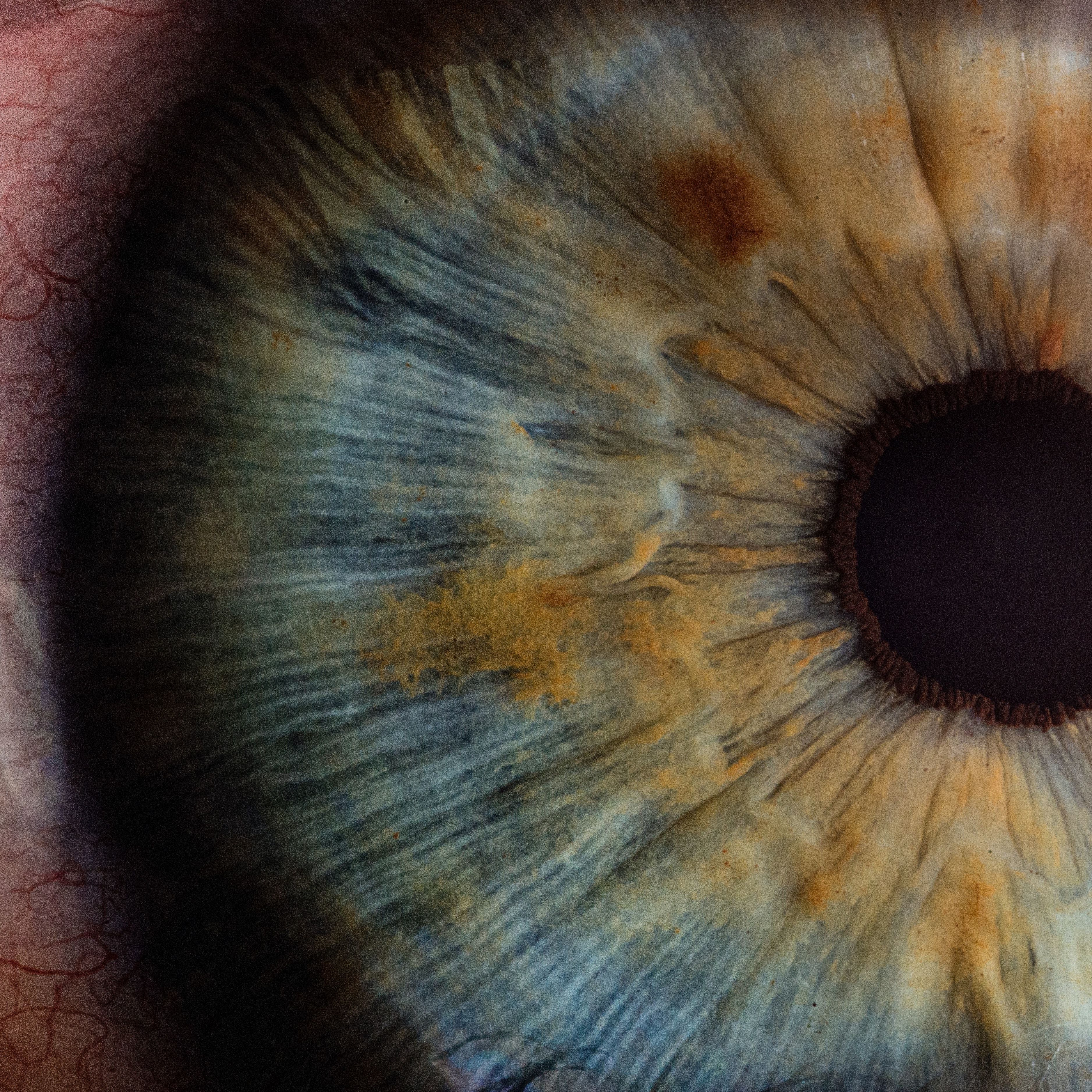Article
Xeris Pharmaceuticals Granted Orphan Drug Designation for Hypoglycemia Therapy
Author(s):
Xeris announced this morning that the U.S. FDA has granted Orphan Drug designation to the ready-to-use, liquid-stable glucagon for the treatment of Hyperinsulinemic Hypoglycemia
Novel technology platforms are being leveraged into injectable and infusible drug formulations, thanks to Xeris Pharmaceuticals, Inc.
Xeris announced this morning that the U.S. Food and Drug Administration (FDA) has granted Orphan Drug designation to the ready-to-use, liquid-stable glucagon for the treatment of Hyperinsulinemic Hypoglycemia (HH). Additionally, the company announced the publication of a Phase 2a study of a mini-dose of its ready-to-use glucagon in Post-Bariatric Hypoglycemia (PBH) in the journal Diabetes Technology & Therapeutics last week.
Previously, Xeris had received the same designation for both its ready-to-use, pumpable liquid-stable glucagon for prevention of chronic, severe hypoglycemia related to Congenital Hyperinsulinism (CHI), and for its ready-to-use, liquid-stable formulation of diazepam for the treatment of Acute Repetitive Seizures (ARS) in patients with epilepsy.
Glucagon, a metabolic hormone, is being developed to increase blood glucose levels by causing the liver to hastily transform the stored form of glucose — or glycogen – and later release it into the bloodstream. It is currently the standard-of-care for treating severe hypoglycemia and, according to the American Diabetes Association, should be prescribed for all individuals at increased risk of clinically significant hypoglycemia.
“There is an urgent need for improved methods to treat severe hypoglycemia in this condition in order to maintain health, allow optimal nutrition, and improve safety,” said Mary-Elizabeth Patti, M.D., F.A.C.P. of the Joslin Diabetes Center and Associate Professor of Medicine, Harvard Medical School in a press release. “Having a ready-to-use, liquid, stable glucagon option may provide health care professionals and patients alike more options to treat and prevent severe hypoglycemia.”
The results of the recently-published Phase 2a study, led by Mary-Elizabeth Patti, M.D., from Joslin, and Eyal Dassau, Ph.D., from the Harvard John A. Paulson School of Engineering and Applied Sciences, confirmed that small doses of Xeris’ compound at specific blood glucose thresholds prevented severe hypoglycemia, with no rebound glycemia.
A second additional Phase 2a study has been initiated to evaluate the optimized algorithm with mini-doses of Xeris’ ready-to-use, liquid-stable glucagon in a randomized, placebo-controlled, double-masked trial. The primary endpoint of the study will be efficacy of the closed-loop system to prevent and treat hypoglycemia occurring in patients with PBH in response to a mixed-meal tolerance or exercise.
“This combination of emerging technology and stable liquid glucagon can provide a new way to prevent severe hypoglycemia as we demonstrate in this study and may pave the way to be the ‘airbag’ for people with diabetes.” said Dr. Dassau.
For more from the FDA, follow Rare Disease Report on Facebook and Twitter.





